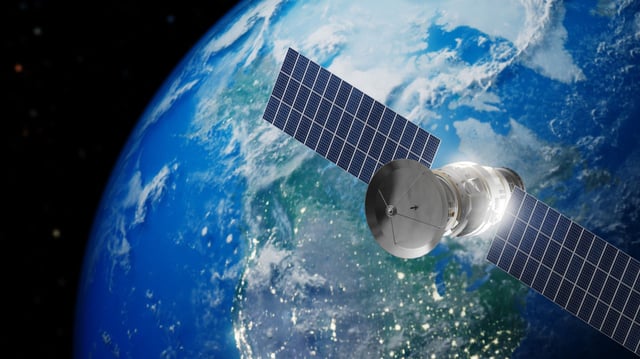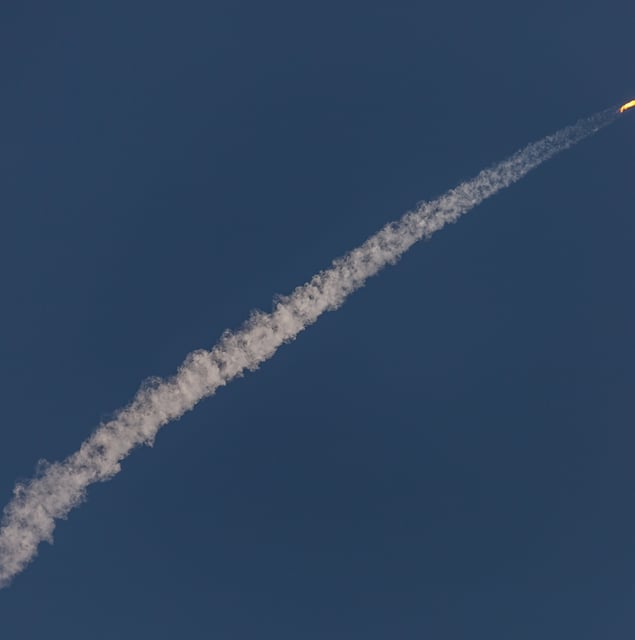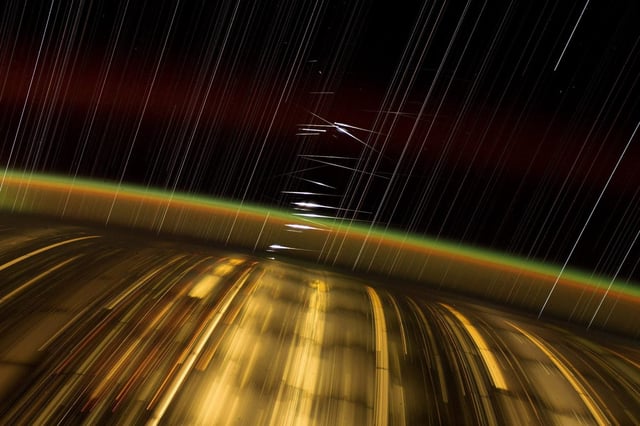Overview
- Greenhouse gas emissions are cooling and contracting Earth's upper atmosphere, reducing the drag that naturally removes space debris.
- The study predicts a 50-66% reduction in the satellite carrying capacity of low Earth orbit by 2100 under high emissions scenarios.
- Millions of pieces of space debris, ranging in size from tiny fragments to bus-sized objects, pose collision risks to active satellites.
- The growing number of satellites, particularly from megaconstellations like SpaceX's Starlink, is compounding the overcrowding of orbital regions.
- Researchers emphasize the need for emission reductions and active debris removal to maintain the long-term sustainability of Earth's orbital space.



